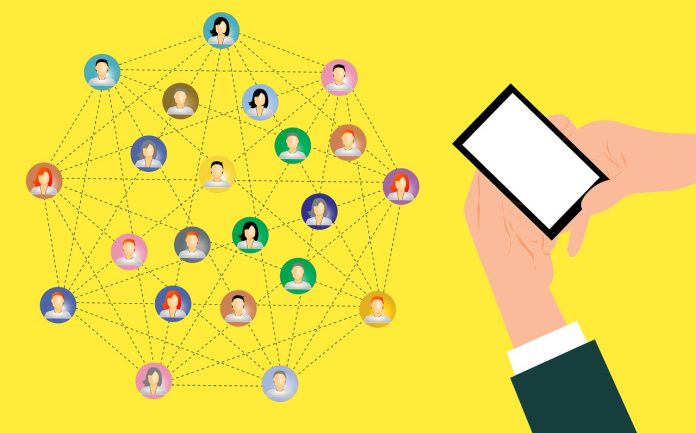One of the first mistakes that companies often make while planning their marketing strategy in Asia is that they see the regions as a separate country, and not a group of extremely diverse and unique nations.
Korean consumers are used to getting things for free. They are quickly adopting new trends, including expensive products, and are susceptible to FOMO, the fear of missing out on opportunities.
How to buy in Korea
Korean consumers have high requirements for product quality and after-sales service. South Korean consumers are well educated and knowledgeable, with a literacy rate of 98%. They are tech-savvy and prefer to shop online. They take the time to gather information about the product on the Internet.
They do not buy goods immediately after clicking on the banner, but usually open 10 more tabs with competitors’ sites at once. They compare prices. Koreans enjoy reading reviews on social media before making a purchase and generously leave comments afterwards.
Think like Korea
Translating your content into Korean is not enough to be accepted and understood by Koreans. If you don’t have the time or resources to make a quality product in Korean, leave it in English.
Translation is not enough. Successful international companies develop content that is interesting and close to Korean audience. To make your content attractive for your target audience, it’s important to consider everything — copywriting, design, and even font.
For example, the use of a specific font or 주식광고문자 can dramatically increase or decrease sales and brand reputation. Knowing popular concepts like Agee-jagee (special Korean cute style) and Ajae-gag (daddy jokes) will help your marketing intervention conquer the market without overspending budgets.
Koreans have a different perception of beauty and tremendous banner blindness. Korean mythology is also dominated by stories about zoomorphs — a hybrid of people and animals. Make it loud and bold with lots of unexpected details.





